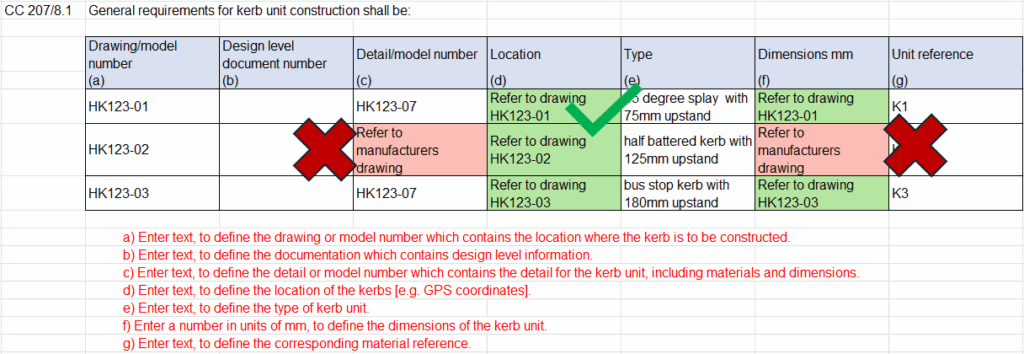Contents
General approach to complete WSR templates incorporating departures from standard
Below is an example of typical actions when preparing a contract-specific specification. These include:
- identification of the SHW requirements and instructions to be cancelled or substituted and additional requirements (from departures from standards) to be added;
- identification of relevant WSR statements and schedules to be completed;
- completion of relevant WSR tabs, including the departures tab (for typical expressions to be used when presenting CS and SR, see Departures page).
The example focuses on the principles for drafting good quality, consistent contract-specific specifications, rather than on the technical details which are needed when presenting a complete WSR template.
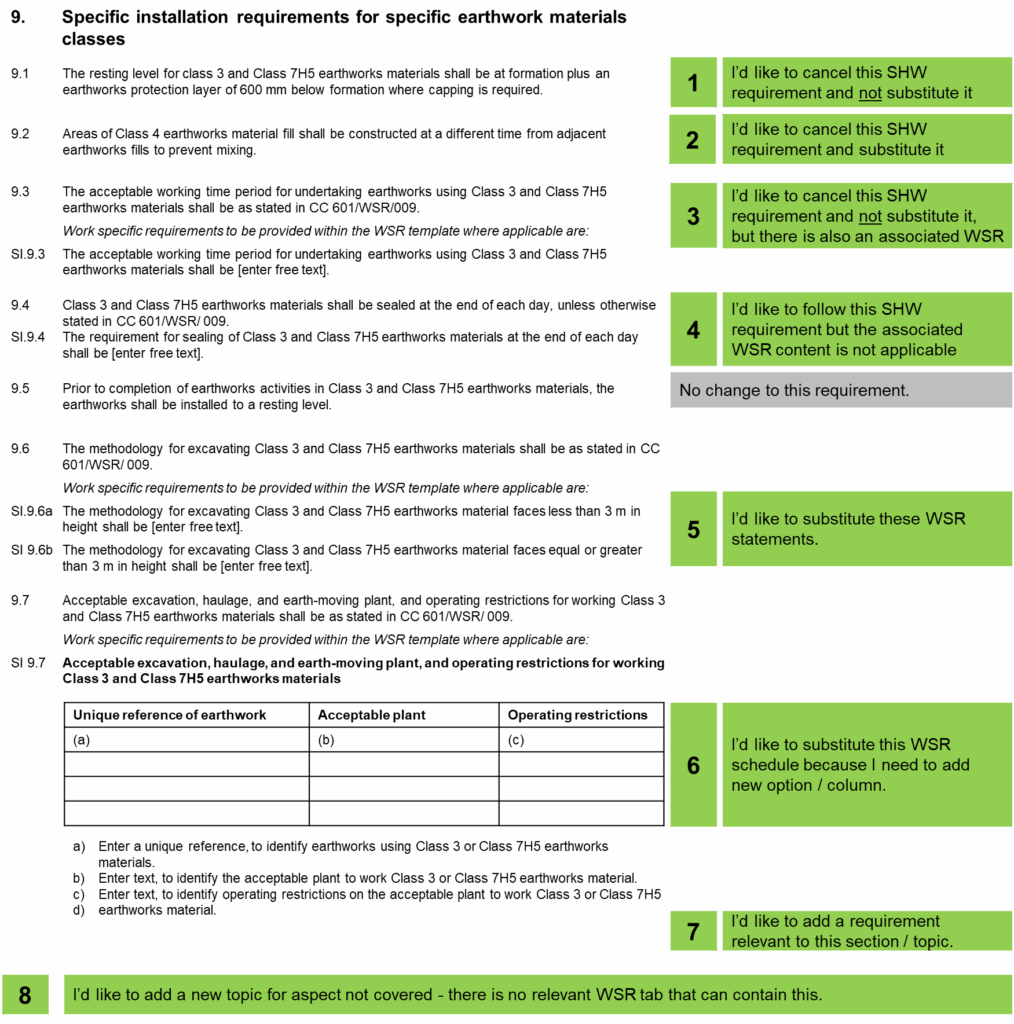
Figure 1 Example of IfS content and typical actions to be undertaken when preparing a contract-specific specification and seeking to modify MCHW content
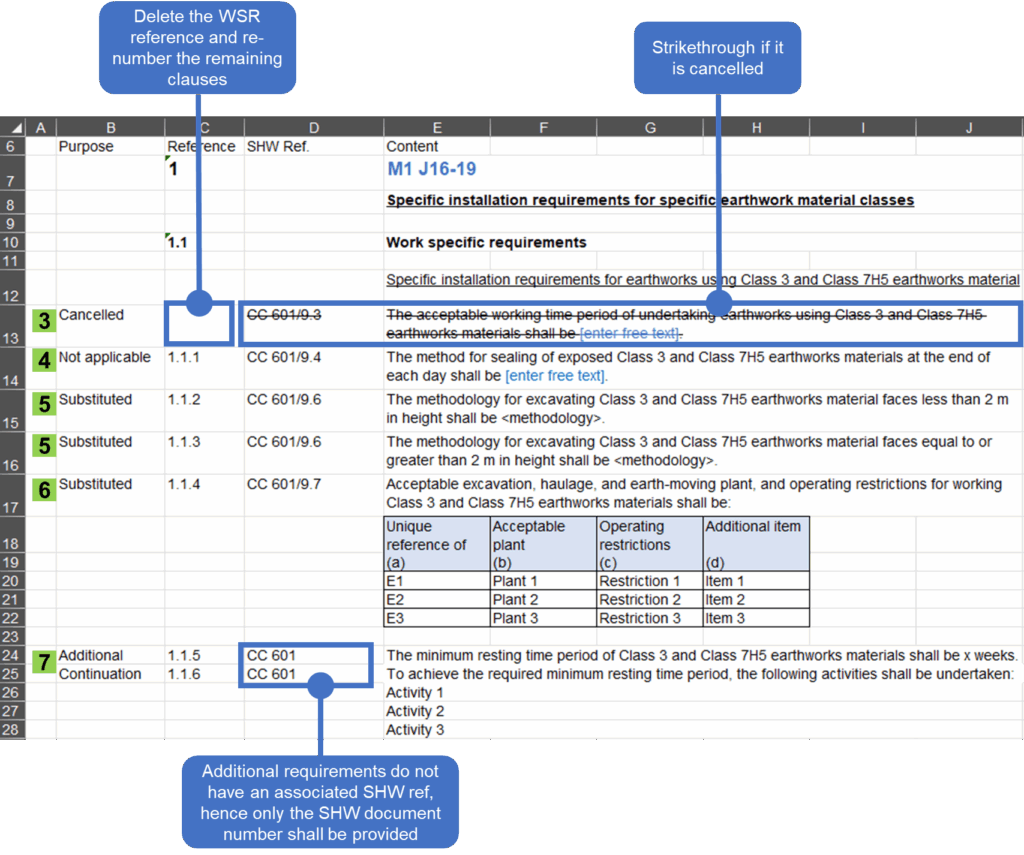
Figure 2: Example of completion of the relevant WSR tab
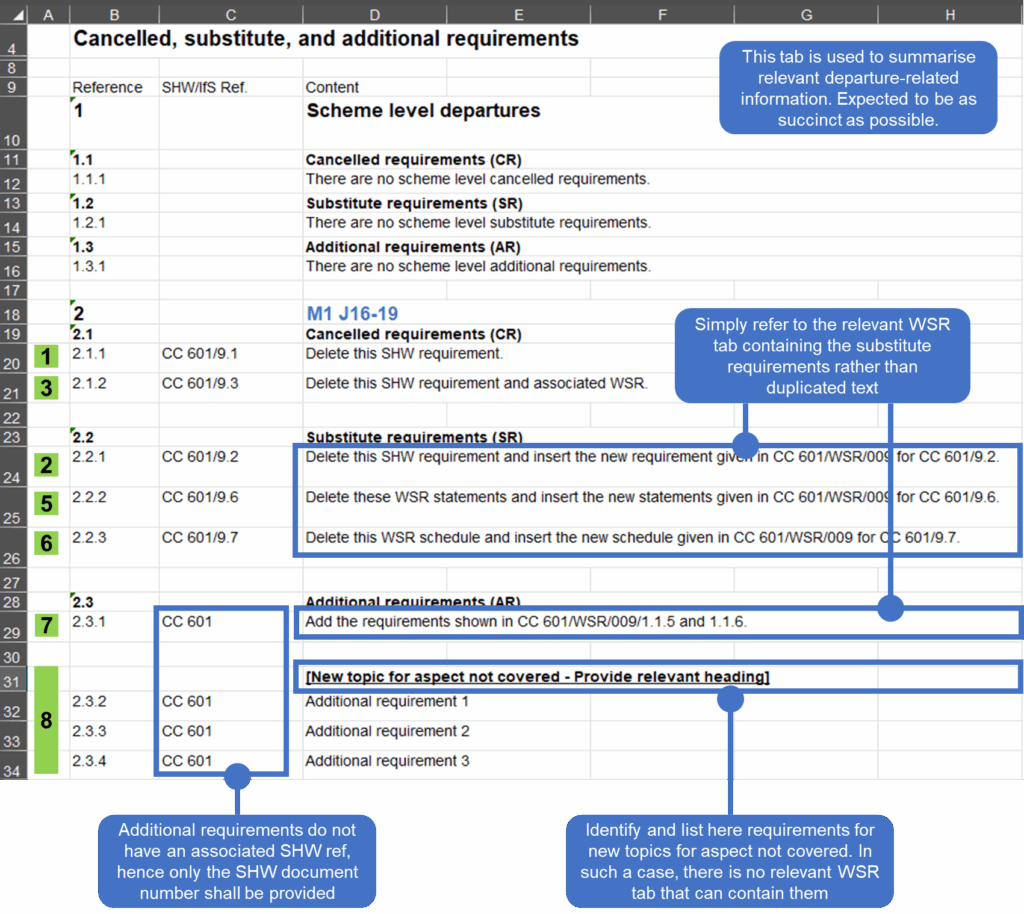
Figure 3: Example of completion of the departures tab
Back to topEnhancing quality of contract-specific specifications
Enhancing quality of contract-specific specifications is one of the drivers behind the introduction of the WSR templates. Below is a selection of typical pitfalls to be avoided and good practices to be followed when drafting contract-specific specifications.
Example 1: Expecting confirmation by the Overseeing Organisation
Expecting confirmation by the Overseeing Organisation is not correct since it is following bad practice on a number of levels. Requirements should be confirmed by the Overseeing Organisation prior to the contract being in place. The Contractor cannot price for something that is not detailed at time of tender, quantities should be given to give a basis for the pricing. The progress of the works should not be unnecessarily impeded by the actions, or non-actions, of the Overseeing Organisation.
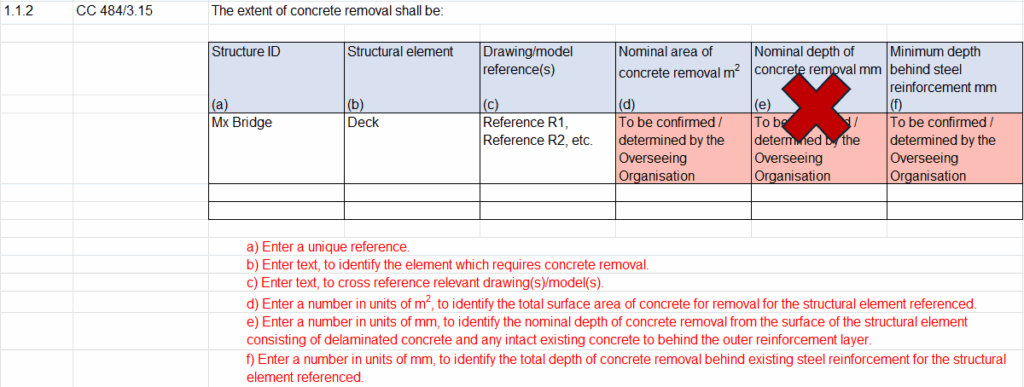
Example 2: Expecting confirmation by the contractor
Expecting contractor confirmation is not contractually sound. If items are contractor designed and/or no information is to be shared, then the cell shall be left blank. If this information is not provided by the specifier but it was needed by the contractor at time of tender, then it is missing information that would not allow the contractor to price the work. Documentation requirements should be used for information to be submitted by the contractor.
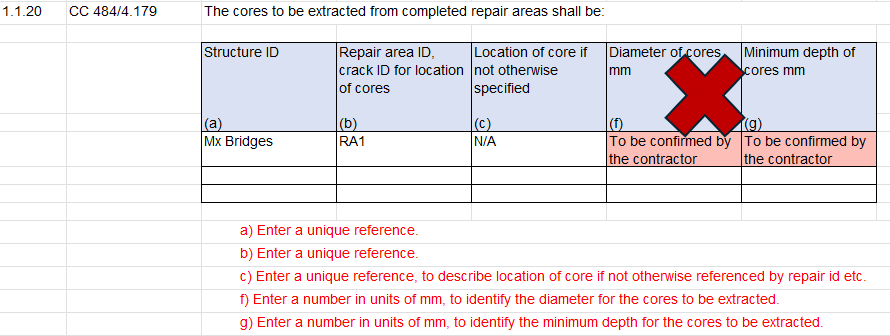
Example 3: Using vague expressions like “as required”, “as needed”, etc.
Using vague expressions is not contractually sound. Such information cannot be used by the contractor to price the work at time of tender.
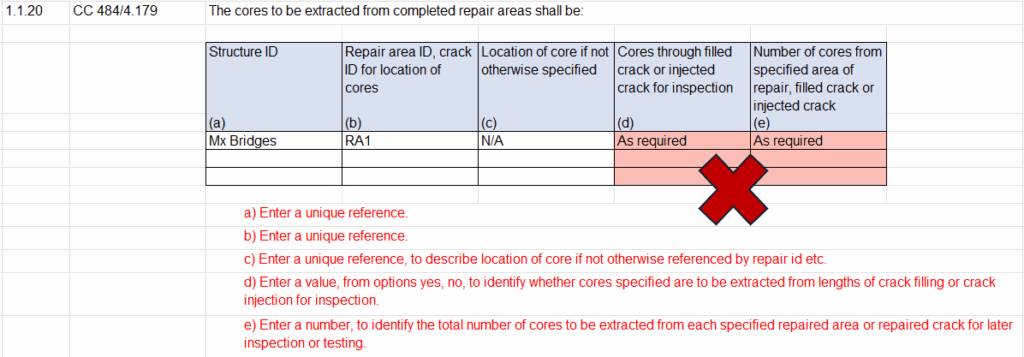
Example 4: Referring to SHW requirements in a WSR schedule
Referring to SHW requirements in a WSR schedule when not specifically asked (see instructions in red below) is not correct because WSRs are to cover items that are specific to a particular contract, hence not covered by the SHW which provides general constructor requirements. If no contract-specific information is available, it should either have the purpose stated as not applicable, left blank, or enter None (see below).
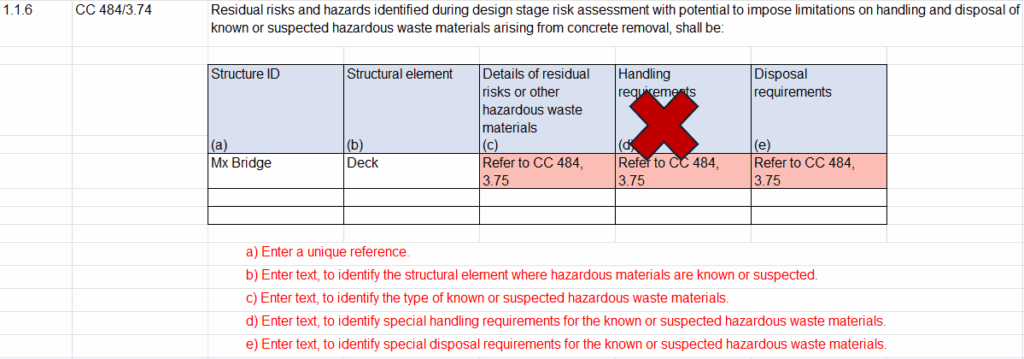

Example 5: Referring to drawings
As explained under the page Drawings, where information is more practical to be provided on drawings, it will be provided in that way and the WSR will contain a reference to a specific drawing as shown in green below. Referring to generic manufacturers drawings is not contractually sound as shown in red below – references shall be specific.
